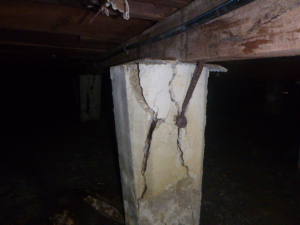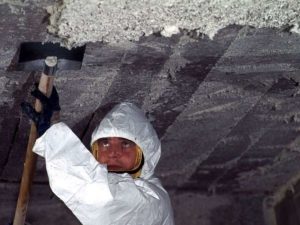
You might decide that rather than buying an established property as your first home, it would better suit you to build.
Building your first home can be both an exciting and overwhelming experience. Building allows you to customise your home from the start, creating a brand-new property that suits your needs and lifestyle. However, building is a big project that requires understanding, planning and careful management. Unexpected delays and issues can pop up with everything, from paperwork through to construction.
Here are 5 things you must know and take into consideration when building your new home:
1. Budget : Before you start building your new home, run some numbers to determine whether you can afford to build the home you want, but one of the first things you should do is investigate if there are any grants you can take advantage of. These incentives vary from state to state.
Careful budgeting for the future is an essential first step. Be realistic, not only about your current financial circumstances but also about future costs, to work out how much deposit and monthly mortgage payments you can afford.
Make sure you have budgeted for extra costs, as these costs can increase the size of the deposit you will need, for example conveyancing, bank fees and mortgage insurance can cost well over $10,000.
2. Right Block of land: When choosing a block of land, it is important to consider few important issues. It’s important to find the right location for your home. Budget, transport links, accessibility to schools, recreation and other facilities should all be considered when looking for the ideal community to call home.
Be aware if there are any building covenants that apply to the area.
Know the type of soil you’re building on. Knowing the soil type and building to structurally compensate for these factors can save you heartache and money down the track.
While no property is likely to be completely flat, there can sometimes be considerable extra cost’s associated with building on a slope. Site cut and site works such as retaining walls could be required, as could design elements such as split levelling or a two storey construction for example.
3. Right Builder : Make sure you find the right builder. Do your homework, check out display homes, research builders online, and seek recommendations from any friends or family who have built a house. Ask questions around whether they provide a fixed price build contract. If they don’t, ask what items are not fixed and what costs are likely to change. Make sure you understand what is and what is not included in the price.
A building inspector can help you at every stage of your new home construction.
4. Sustainability : Make sure you do your research to maximize energy-efficiency in the design of your new home. It makes absolute sense now a days to build an energy efficient home. With the rise of electricity costs and the strong focus on minimising the carbon footprint, adding features like solar panels and grey water gardening systems will make your home far more energy efficient. These features will pay themselves off in the long term as they save you money on energy bills. As a bonus, these features will add value to your home when you’re ready to resell.
5. Consider Resale Value : If you plan on later selling the property, ensure that what you spend on the house doesn’t exceed the estimated sale value – you want to make a profit! Talk to your builder about what upgrades can be added to increase the value of your home, and what features are popular in the current market. Upgrading your home during the building process, rather than later on, will save you a lot of money when you’re ready to sell.
Make sure you have an independent building consultant in your corner, who can help you with every step of building a new home. Contact your local Jim’s Building Inspector and they can help you through the process of building your first home.




